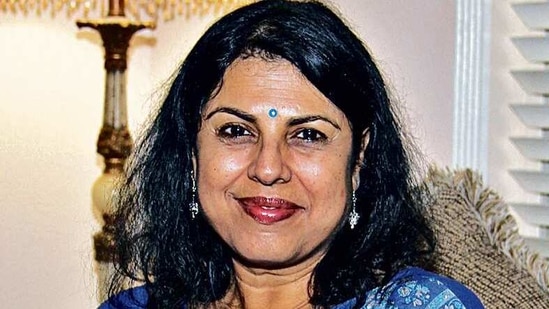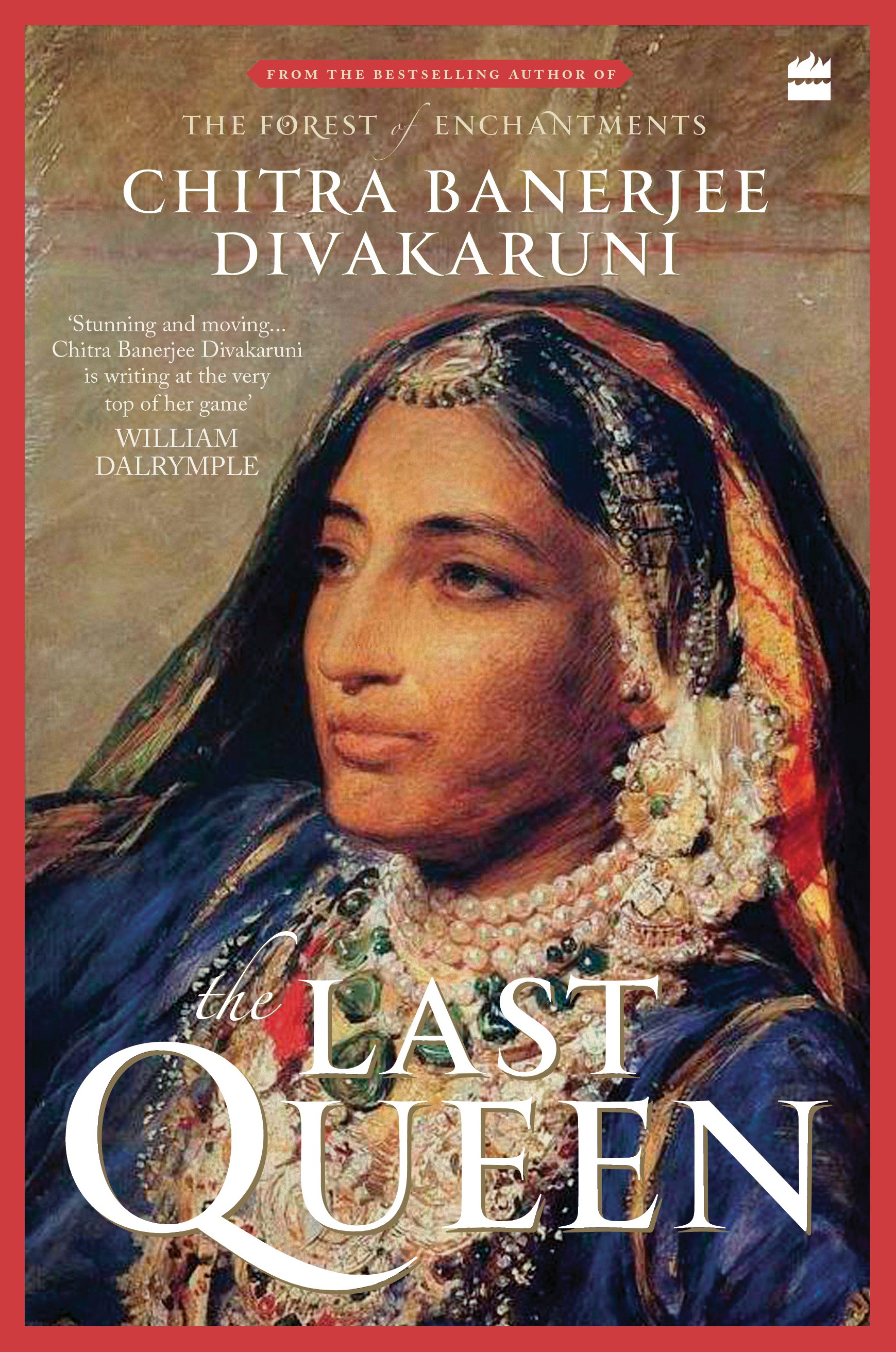Interview: Chitra Banerjee Divakaruni, Author, The Last Queen
The author says she wanted to present Queen Jindan Kaur, regent of the Sikh empire from 1843-46, and mother of the last Maharaja, Dalip Singh, in all her complexity and humanness
What led you to the story of Queen Jindan Kaur? In your opinion, what makes her story relevant for our times?

Rani Jindan Kaur’s story resonated with me because she was a very strong and charismatic woman who rose to power and battled against great odds, and I felt she would be an inspiration to women today. She rose from a humble background as the palace dog trainer’s daughter to become Maharajah Ranjit Singh’s youngest and most favourite wife and later, the Queen Regent. She dispensed with the veil and directly addressed and inspired the Khalsa Army. She fought tirelessly against the British until her dying day. And yet people know so little about her! I felt the story of this indomitable, patriotic woman and loving mother deserved a novel dedicated totally to her.

What sources did you draw on during your research? Were there any difficulties in procuring texts or sources?
I drew on all the histories of Punjab that I could find (the late Khushwant Singh’s books were a big help) as well as contemporary historical accounts of the time by people such as Maharaja Ranjit Singh’s court physician, Honigberger, as well as Shah Mohammed’s Jungnama, describing the fall of the kingdom of Punjab. I also drew on Rani Jindan’s letters and the diaries of Lady Login who, along with her husband, became Prince Dalip Singh’s guardian when Jindan was imprisoned. I also relied on many old photographs and paintings of the time, which helped me imagine all the locales where Jindan would have lived. I listened to some of the songs Jindan loved (Heer Ranjha, for instance). Yes, during the pandemic, procuring materials became difficult, especially getting books from overseas! I feel very thankful that many people helped and found books for me, including my college librarian at the University of Houston.
Your books have previously drawn on strong women from mythology, investing them with an authorial agency. How was the process different with a historical figure in The Last Queen?
With a historical figure like Rani Jindan, there are more facts available about her world than, for instance, about Sita’s. More books, letters, diaries and paintings are available about the world of the Punjab Court in the 1830s, Jindan’s life after she was exiled, and what she chose to do at the end of her life. I felt I needed to remain close to her character — at least what we know of it. I was particularly careful not to idealize her. I wanted to present her to my readers in all her complexity and humanness — her courage but also her stubbornness, her devotion to Punjab and her son, but also her desires and longing for love, which led her into an amorous relationship, her strength in adversity but also her determination for revenge. Once I decided to do that, then I could imagine her private life and put it into the book.
Which books or authors of historical fiction have inspired you? Have any influenced you as a writer?
I was first influenced by the writings of Tagore — he wrote novels such as Gora and The Home and the World, set in the late 19th and early 20th centuries. I was fascinated by how historical movements affected the lives of the characters and changed them. More recently, Wolf Hall by Hilary Mantel was a direct inspiration for The Last Queen. I wanted to share with readers the intricacies and private, humanizing moments of Jindan’s life (as Mantel does with Cromwell), and I wanted to undo some of the wrong that the British did to her when they falsely slandered her as a promiscuous woman, calling her “the Messalina of the Punjab.”
With The Last Queen being adapted for the screen, what would be some of your concerns as an author and what is it you look forward to in that process?
I hope the director and actors will be able to bring out the nuances and complexities of Jindan’s character as they put her story and her world on the screen. I have tried hard in this novel to show both the positive, heroic side of Jindan and her flawed, human side. I hope they will choose to consult with me so I can share my vision of this amazing, larger-than-life woman with them. Overall, I am excited to see who will be chosen to play Jindan’s character. I think the novel has great potential as a movie. I’m keeping my fingers crossed for that!
Any upcoming writing projects? Is there any female historical figure that you would like to write about next?
I am interested in exploring more of India’s history in my next novel, but am still researching and exploring at the moment. We have so many amazing historical figures and periods to pull from, it’s hard to make a choice!
Simar Bhasin is an independent journalist. She lives in New Delhi.



